Table of Contents
Introduction
In the last 5 years or so, the ultra-wide lens market has gone bonkers. During the DSLR era, 14mm was about the widest (rectilinear) you could get. These days, it’s down to 9mm for prime lenses and 10mm for zoom lenses.
Sure, there are applications, but these are all very niche. Unless you are really into this, “longer” ultra-wides make more sense – the 17-20mm range is a reasonable target for most of us.
This is still wide enough for some drama but keeping a distance from insanity. The Viltrox AF 20mm f/2.8 FE fits in here. If you followed our recent reviews of Viltrox lenses, you may get excited. However, this time, it’s not about crazy specs but about affordability. The AF 20mm f/2.8 FE has a price tag of merely $160 USD – and that’s crazy enough already.
Upon first contact, you are surprised by the compact size and almost negligible weight (157g). It’s not a pancake lens, but it’s the next best thing. At this price point, you may not expect much in terms of build quality. And yes, the lens body is made of engineered plastics on a metal mount. However, the subjective quality perception is actually pretty good. The plastic doesn’t feel cheap for sure (Hello, Tamron?). The focus ring is super smooth, and there’s no wobbling whatsoever. It also uses internal focusing, but there is no weather-sealing. There’s also no dedicated AF/MF switch. A small petal-shaped lens hood is provided.

The Viltrox AF 20mm f/2.8 FE uses a silent STM drive for auto-focusing. Given the small size of the lens elements, it doesn’t have much to do – and the AF speed is quite good without excelling.
As usual, manual focusing is done “by-wire”; thus, you are driving the AF motor when turning the focus ring. Firmware updates can be loaded via a USB port on the lens mount.
| Specifications | |
|---|---|
| Optical construction | 10 elements in 8 groups (2x ED, 1x HR, 2x aspherical) |
| Number of aperture blades | 7 (non-rounded) |
| min. focus distance | 0.19m (max object magnification 1:5.9) |
| Dimensions | φ65×59.5mm |
| Weight | 157g |
| Filter size | 52mm |
| Hood | petal-shaped (bayonet mount, supplied) |
| Available Mounts | Sony FE, Nikon Z (soon) |
| Other features | USB-port for firmware updates |
Distortions
While the Viltrox AF 20mm f/2.8 FE features a correction profile, it doesn’t include data for distortion correction (at this point). Thus, you’ll have to live with the native distortion characteristic here. Technically, the barrel distortion is quite low for such a lens at 1.85%. However, it shows a wavy subfrequency. This is irrelevant for landscape photography, but you may notice this in city scenes.
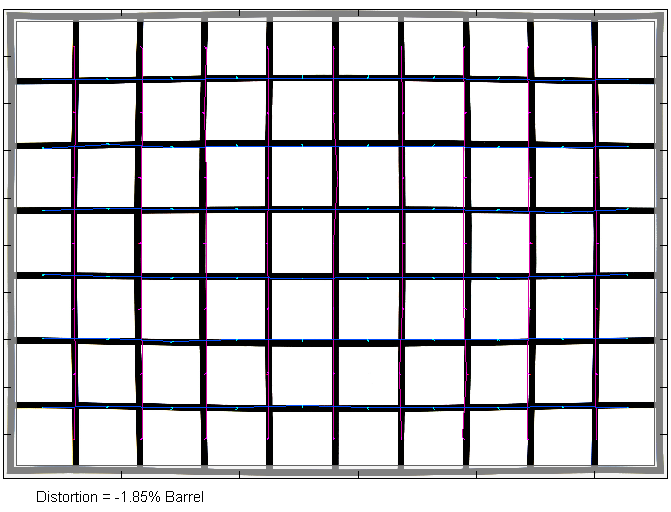
Vignetting
You may have suspected this already, but a tiny ultra-wide lens is prone to vignetting. In raw images, the vignetting peaks at ~3.5EV (f-stops) at f/2.8. Stopping down to f/4 reduces this by 1EV, and the vignetting levels out from f/5.6.
In this case, the auto-correction is active, and it reduces the light falloff to 2.2EV (f-stops) at f/2.8 and a manageable 1.4EV at f/4. Beyond the vignetting is negligible.

MTF (resolution) at 42 megapixels
In terms of resolution, the Viltrox lens surprises with very high MTF figures … with a caveat. The test chart below illustrates the performance on the focus plane.
The center performance is already excellent at f/2.8. There’s a fairly strong drop from here, and the near center is “only” very good (just). The outer image field is still fine, with good to very good results.
There’s a noticeable boost in the broader center when stopping down to f/4. The overall peak performance is reached at f/5.6, where the borders/corners also achieve very good results.
Beyond diffraction takes its toll, and you shouldn’t stop down beyond f/11 unless needed.
The centering quality of the tested sample was good.
Please note that the MTF results are not directly comparable across the different systems!
Below is a simplified summary of the formal findings. The chart shows line widths per picture height (LW/PH), which can be taken as a measure of sharpness. If you want to know more about the MTF50 figures, you may check out the corresponding Imatest Explanations

Field Curvature
We mentioned that there is a caveat here – and it’s about field curvature, and it’s quite strong here. Of course, it is most noticeable at large aperture settings. The chart below tries to illustrate this (it’s not trivial to measure).
On a flat plane, the outer image field is very soft at f/2.8. The more you stop down, the more of the field curvature is compensated by the broader depth-of-field. At f/4, there’s a reasonable improvement, and good results are possible from f/5.6.
It is worth noting that the field curvature also affects non-flat images, meaning that the focus field at the border will bend toward long distances. For best results, you should generally stop down to f/5.6.
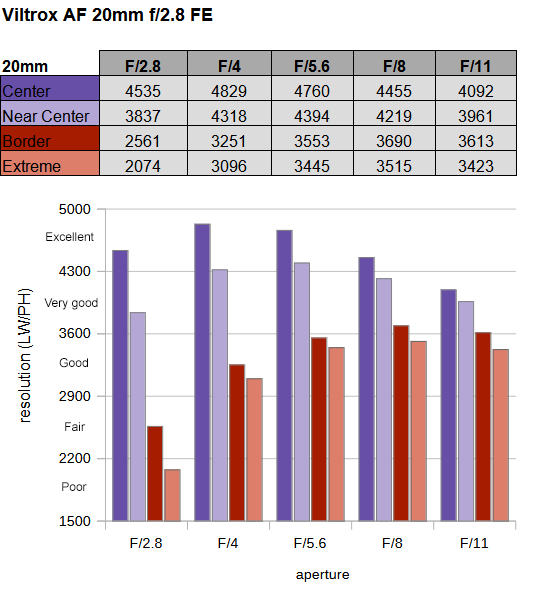
Chromatic Aberrations (CAs)
Lateral CAs are very well controlled at large aperture settings. They increase somewhat when stopping down but stay below the 1px mark at the borders, even at f/11.

Bokeh
Ultra-wide lenses aren’t especially renowned for their bokeh capabilities, and given its max aperture of f/2.8, the Viltrox lens isn’t overly fast for a prime lens. However, let’s look at the highlight rendering, at least. As you can see below, the lens doesn’t have a circular aperture, even at f/2.8. However, the inner disc is very clean, and there’s only a little outlining at the edges. Stopping down emphasizes the edgy aperture, of course.

The highlight discs distort towards the image border/corners (Note: this is a cropped image with the center positioned at the lower right corner):

We only took a few images at close focus distances during our field session. However, the quality of the general blur in the focus transition zone seems to be quite smooth for such a lens.
Sun Stars (Experimental)
Below is a sequence of 100% cropped images from 20mm f/2.8 all the way up to f/16 – illustrating the sun star behavior. Sun stars are an aperture effect that shows up if a bright light source is part of the scene (usually in night shots).
A sunstar effect isn’t present at f/2.8 and f/4, but it starts to emerge at f/5.6. As usual, it is most pronounced at f/16 but it’s pretty good at f/8 already.
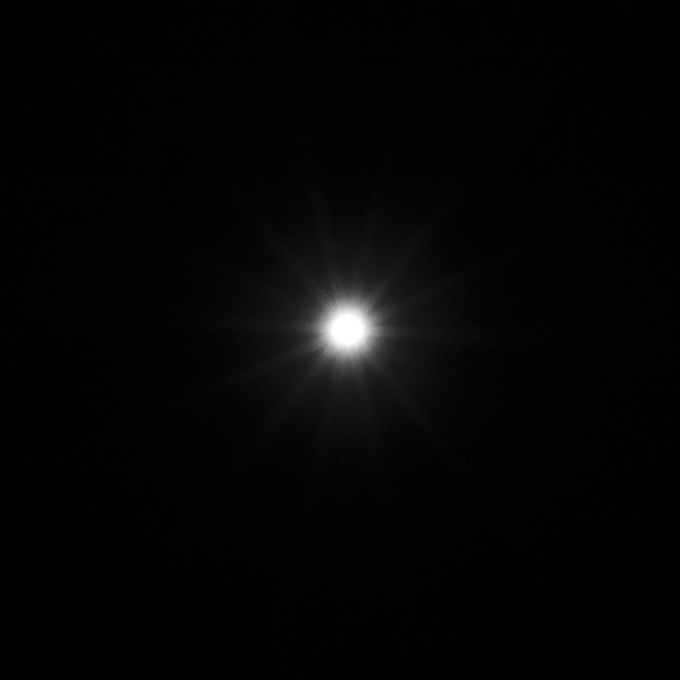
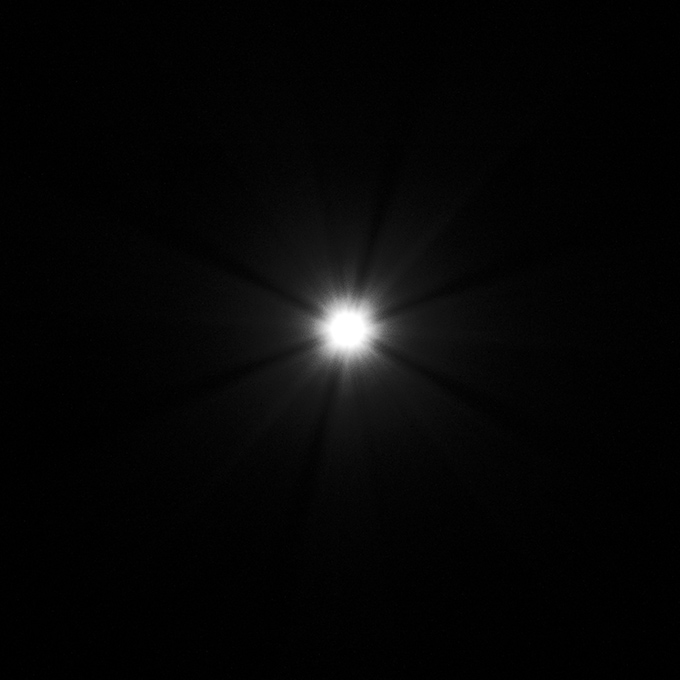

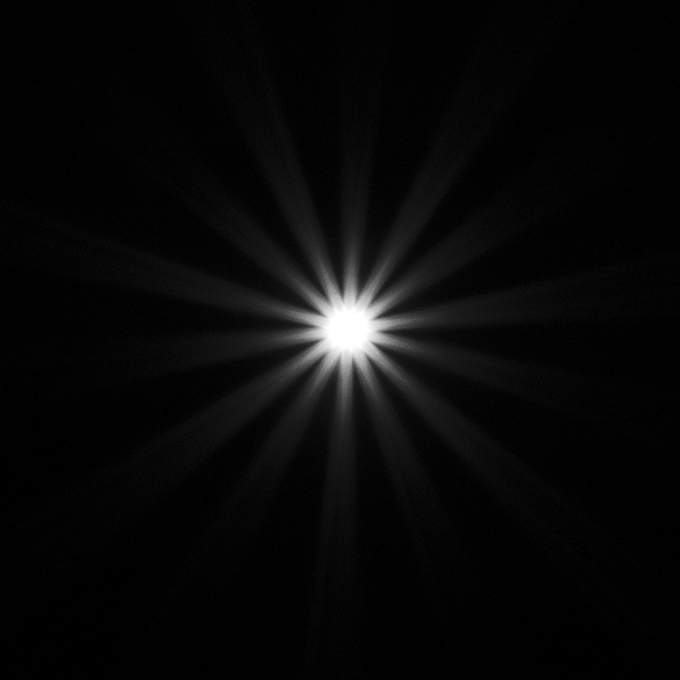

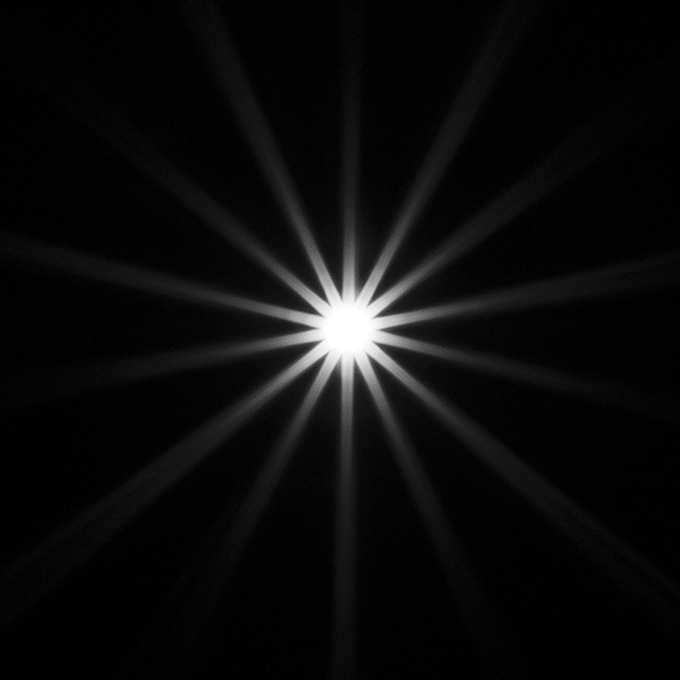
Sample Images
Competition
Several prime lenses compete with the Viltrox lens in this lens class, but only one comes close in terms of price tag – the Tamron 20mm f/2.8 Di III OSD. We weren’t overly impressed by it, and overall, we would prefer the Viltrox in this comparison. The Tamron lens does, however, have the advantage of offering near-macro capabilities with a max object magnification of 1:2 and in real life, it’s also better at f/2.8.
The Viltrox AF 20mm f/2.8 FE is a super affordable ultra-wide lens that is capable of very good results - with a flaw. Technically, it produces very sharp results at relevant aperture settings.
However, strong field curvature is an issue at large apertures, so for best results, you should stop down to f/5.6. Whether the field curvature is relevant to you at all depends on the application.
It'll be noticeable if you do astrophotography or city scenes at night if you shoot at f/2.8. For vlogging or typical landscape photography, this isn't a real issue.
The amount of vignetting is very high at f/2.8, but with activated auto-correction, it's not a big deal from f/4 onward. Image distortions are present but not overly pronounced. They are a bit wavy, though.
Lateral CAs are generally nothing to worry about. The quality of the bokeh is decent for a lens in this class.
Despite the low price tag, the build quality is surprisingly high. Unlike in their Pro lenses, they've used plastic for the lens body, but it feels pretty good despite the very low weight.
Combined with its tiny size, it's also not a burden in your camera bag. There is no weather sealing, but that's hardly surprising. The AF is sufficiently fast and silent.
Overall, the Viltrox AF 20mm f/2.8 FE is probably the go-to lens for people who are on a budget. Yes, something like Sony's own FE 20mm f/1.8 G is better, but it also resides in a very different price sphere.
-
Optical Quality
-
Build Quality
-
Price / Performance


